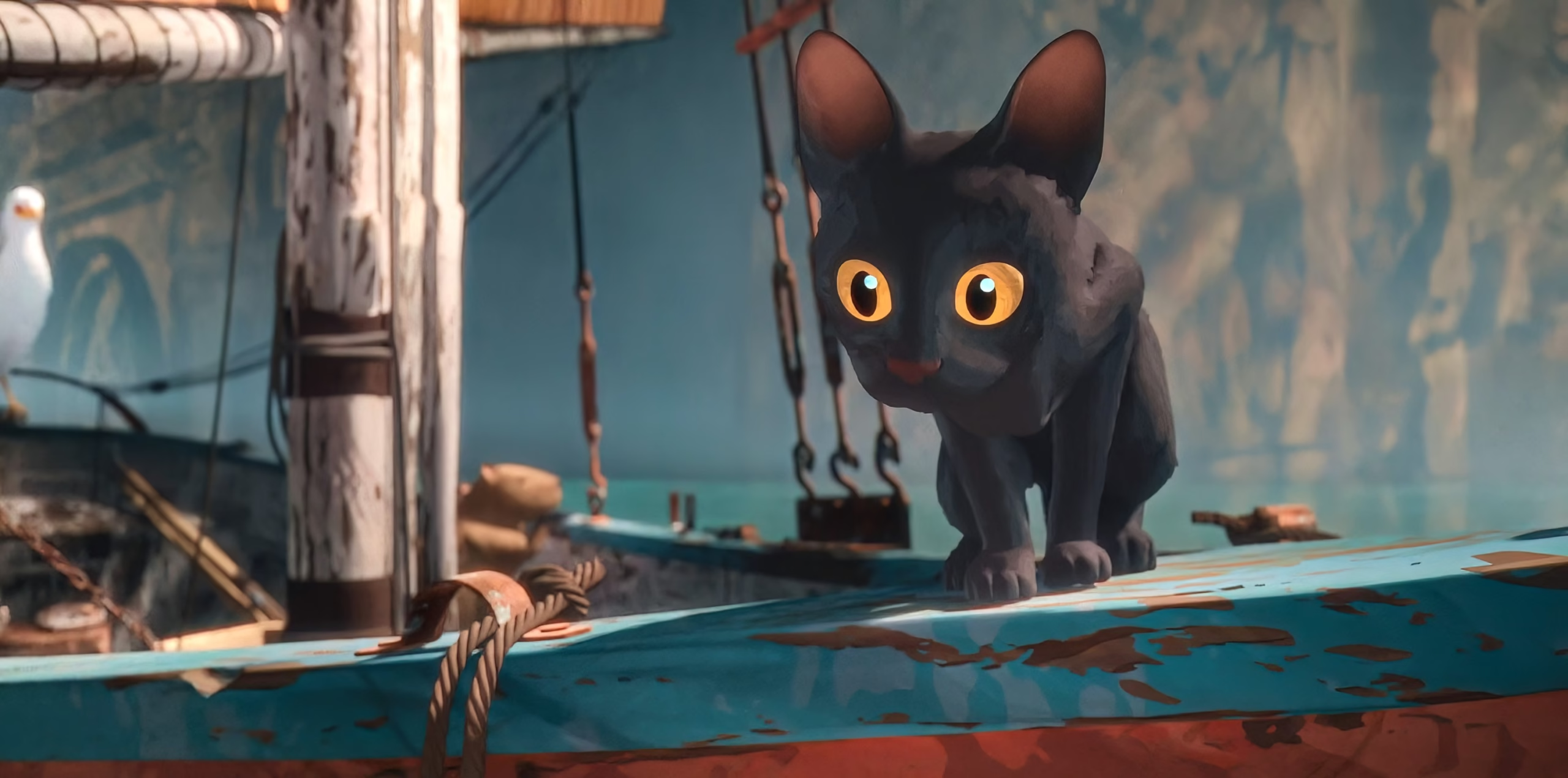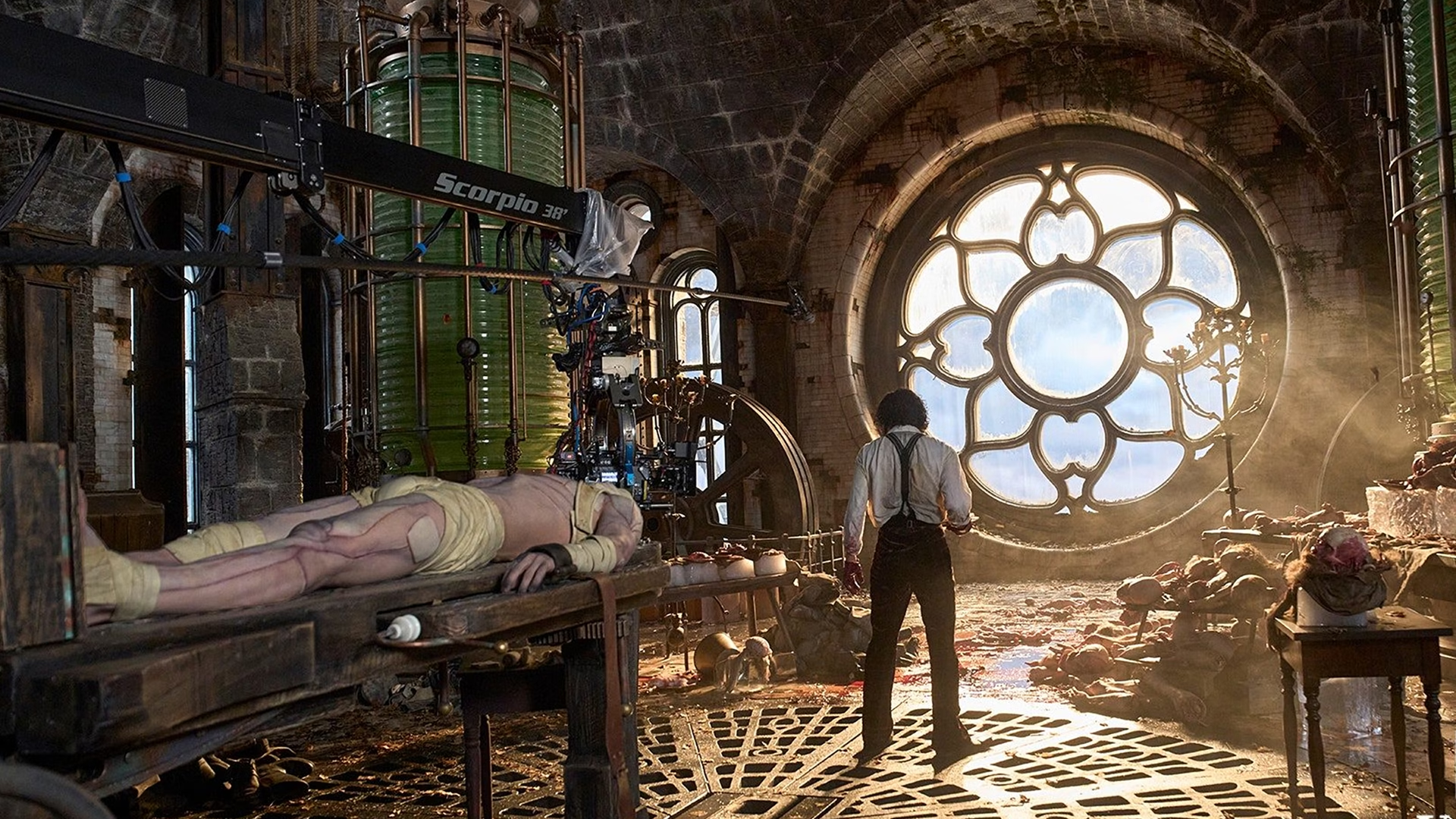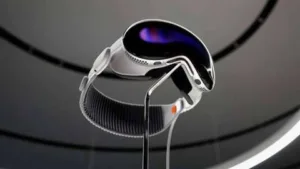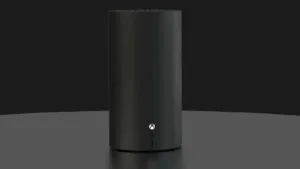Flow’s animated animals are both its most and least realistic element
Estimated reading time: 4 minutes

In Flow, one of 2024’s best animated movies, a little black cat navigates a post-apocalyptic world full of rising floodwaters. The feline protagonist flees threats and chases fish, scurries up trees and rock formations, balances on the edge of a boat and curls up on the top of its mast — all with such stunning naturalism that at times, I wondered, Huh, could my cat do that?
The animated animal cast of Flow — including a curmudgeonly capybara, an eager labrador, a curious lemur, and an aloof secretary bird — aren’t anthropomorphic. For the most part, they communicate and move as animals do, with body language and meows, grunts, barks, and other creature noises. When they do perform clever, almost humanlike actions, like steering the rickety sailboat in the right direction, their physical movements are so grounded in animal reality that even their most far-fetched behaviors seem possible.
But while the animation is specifically based on real-life animals, Latvian director Gints Zilbalodis made sure to pull back on the character designs and facial expressions, deliberately keeping them from being rendered with too much photorealism.

“I think if you had too much detail to the characters, they can lose their appeal and be less expressive,” he explained to Polygon. “I wanted to avoid that. In most classical hand-drawn films, you see backgrounds which are painted with a lot more detail, with oil paintings or digital paintings, but the characters are just flat colors. If you don’t add too much detail to the characters, I think the audience can kind of project their own experiences on these gaps, and see their own cat within this character. It’s not just a cat from the film, but it’s their own cat. It makes it more intense and engaging.”
And there are plenty of intense moments as the waters rise. The cat desperately climbs higher and higher, looking for safe ground. It bristles when encountering strangers. It scrabbles to find footholds when climbing aboard a boat, and flails when it falls overboard. Those scenes are tight, tense, and absolutely gorgeous against the movie’s stunning backdrops.
Flow’s story wanders from place to place, through flooded forests and a strange abandoned city where tall pillars loom in the distance. Zilbalodis said he wanted the world to be immersive, yet not beholden to real life. That meant deliberately including brushstrokes and imperfections in the scenery.
“We only put detail where it’s really necessary,” he said. “And in some backgrounds, we try to leave them with as little detail as possible. It’s another way of guiding the audience where they look at. That’s part of the style; it’s the textures and colors.”

But one of the most important tools was actually the camera. Inspired by the long takes in Alfonso Cuarón movies like Children of Men and Gravity, and informed by documentary filmmaking, the shots in Flow are designed to put you right in the cat’s head — almost in a way contradictory to the movie’s stylized look, Zilbalodis said. The camera is like an active participant in the story.
“It’s not just observing [the characters] from a distance,” Zilbalodis explained. “It’s a storytelling tool. There are imperfections in the camera. There’s handheld movement, and sometimes it’s not catching everything precisely at the right moment. It’s a little bit delayed, and it gets swept up in the elements of the world by the wind and the water. Almost like it’s another character. It’s kind of looking around and being distracted by something sometimes.”
And there’s always something happening on the screen in Flow, from the way the animals scamper around the tiny boat, trying to steer it clear of obstacles, to the backgrounds that hint at traces of humans. The water ripples, alive with fish and other creatures, as it slowly rises to cover trees and houses. All the facets come together to paint out this world — even if that meant a lot of extra work.
“There’s so many characters and so many props and effects and water and just millions and millions of grass blades, different plants,” Zilbalodis said. “So just to make any adjustments was very slow, even on very powerful computers.”
Flow debuts in American theaters in Los Angeles and New York on Nov. 22, before flooding into wide release on Dec. 6.








